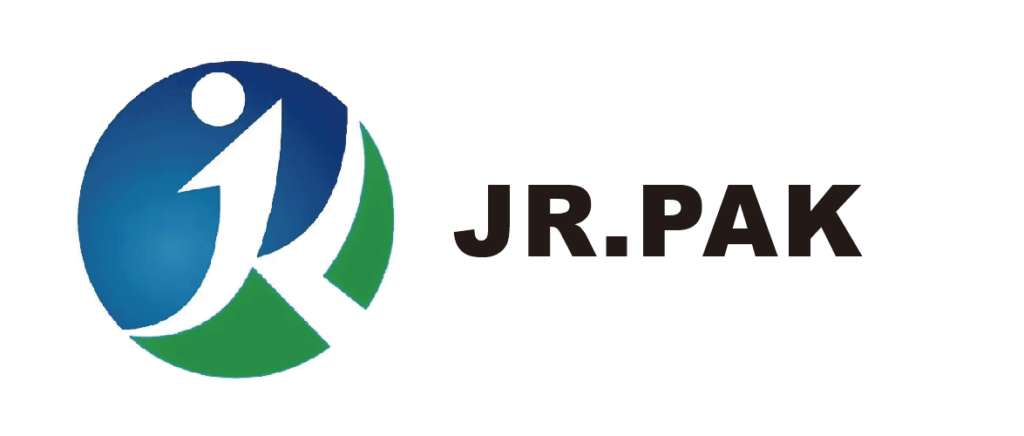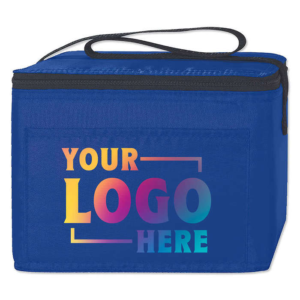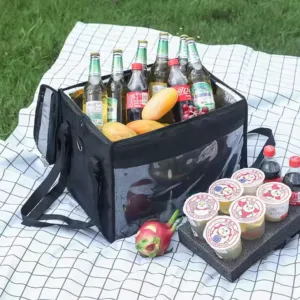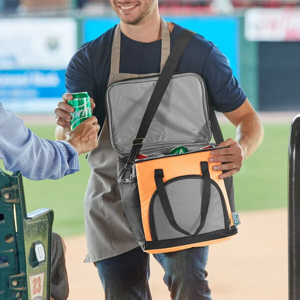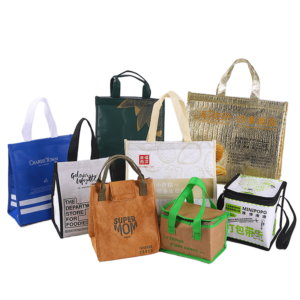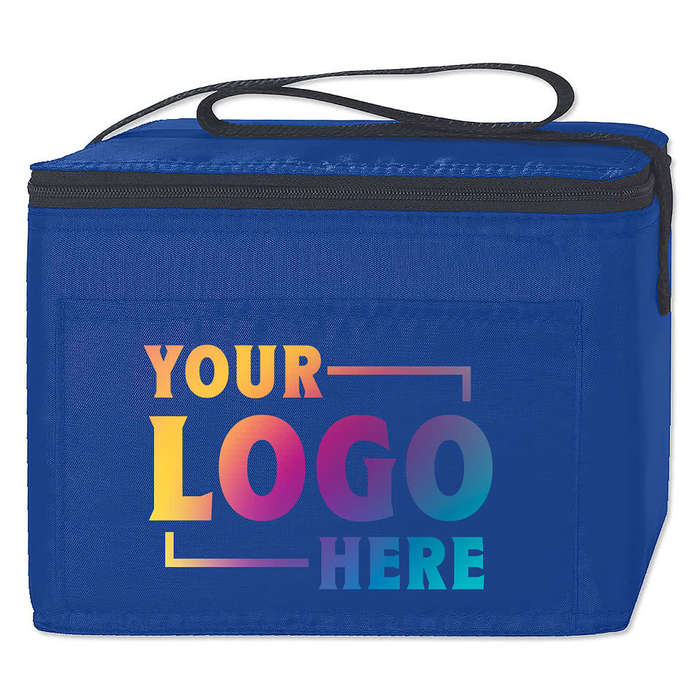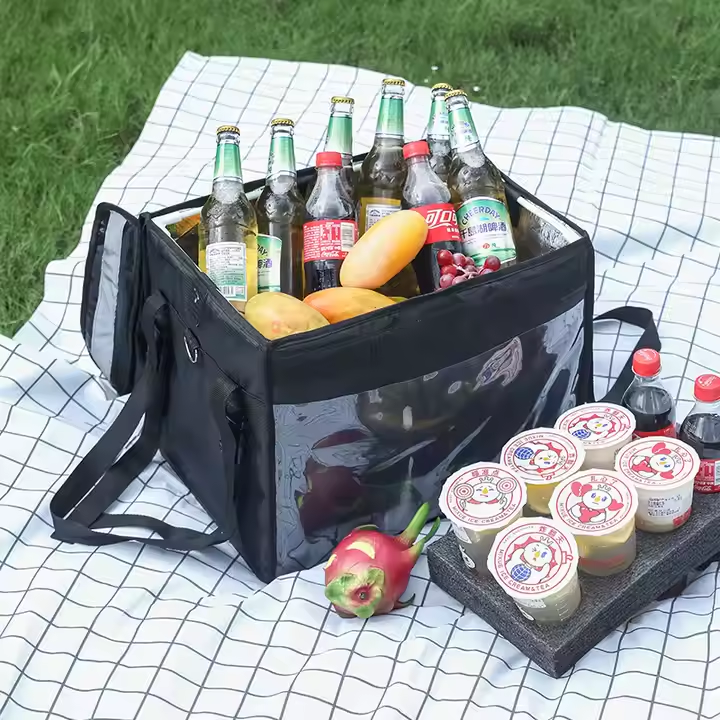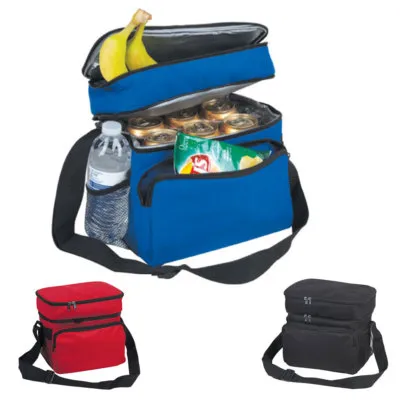Before investing in custom non-woven bags, businesses must ask the right questions to ensure the final product aligns with their budget, brand image, and practical needs. This article highlights ten essential questions to help streamline your buying process and avoid costly mistakes.
10 Questions to Ask Before Ordering Custom Non-Woven Bags

These 10 questions guide businesses in selecting the right custom non-woven bag supplier, balancing quality, cost, customization, and reliability.
Choosing the wrong supplier or skipping key questions can cost you time and money. Let’s go through what you need to ask.
What is the minimum order quantity (MOQ)?
Understanding MOQ is critical when budgeting or testing a new bag design.
Why MOQ Matters
MOQ (Minimum Order Quantity) determines how many bags you need to purchase in one order. It varies by supplier, product type, and customization. For example, standard non-woven tote bags may have an MOQ of 100, while highly customized laminated or full-color printed bags may start at 500 units.
| Bag Type | Typical MOQ |
|---|---|
| Basic non-woven tote | 100 pcs |
| Laminated bags | 300 pcs |
| Digital printed bags | 500 pcs |
| Insulated food bags | 200 pcs |
Small businesses might prefer suppliers with low MOQs to test the market. Large enterprises often go for bulk orders to reduce unit costs. Always confirm whether the MOQ aligns with your storage capacity and marketing plans.
What materials are used for the bags?
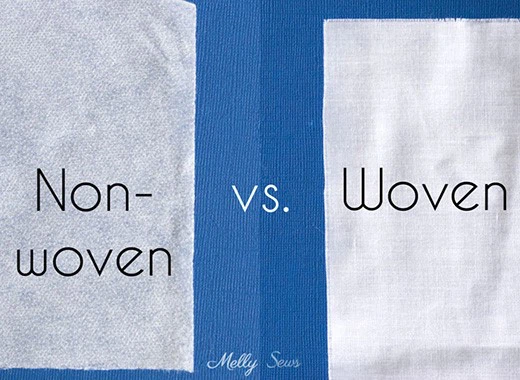
Material type impacts durability, appearance, eco-friendliness, and cost.
Key Material Choices
Most non-woven bags are made from polypropylene (PP) fabric. Some eco-friendly options include recycled PET or biodegradable PLA. Always ask about the material’s weight (GSM), water resistance, and whether it meets environmental or food safety standards.
| Material Type | Properties | Typical Use Cases |
|---|---|---|
| PP non-woven | Lightweight, durable, cost-effective | Shopping, promotions |
| Recycled PET | Eco-friendly, water-resistant | Sustainability-focused events |
| PLA biodegradable | Compostable, limited durability | Short-term promotions |
Choosing the right material ensures your brand aligns with your environmental messaging and quality expectations.
What customization options are available?
Customization lets your bag reflect your brand’s identity.
Options to Consider
Customization can include size, shape, color, handle type, and branding. Popular printing methods are screen printing, heat transfer, and digital printing. You can also choose finishes like gloss/matte lamination or UV spot coating.
| Custom Option | Choices Available |
|---|---|
| Printing Type | Screen, Heat Transfer, Digital |
| Bag Size | Standard or fully custom |
| Handle | Loop, die-cut, rope |
| Finishes | Lamination, metallic ink, embossed logos |
Ask your supplier what limitations exist, such as max print area or color matching capabilities.
Can you provide a digital mockup or sample before production?
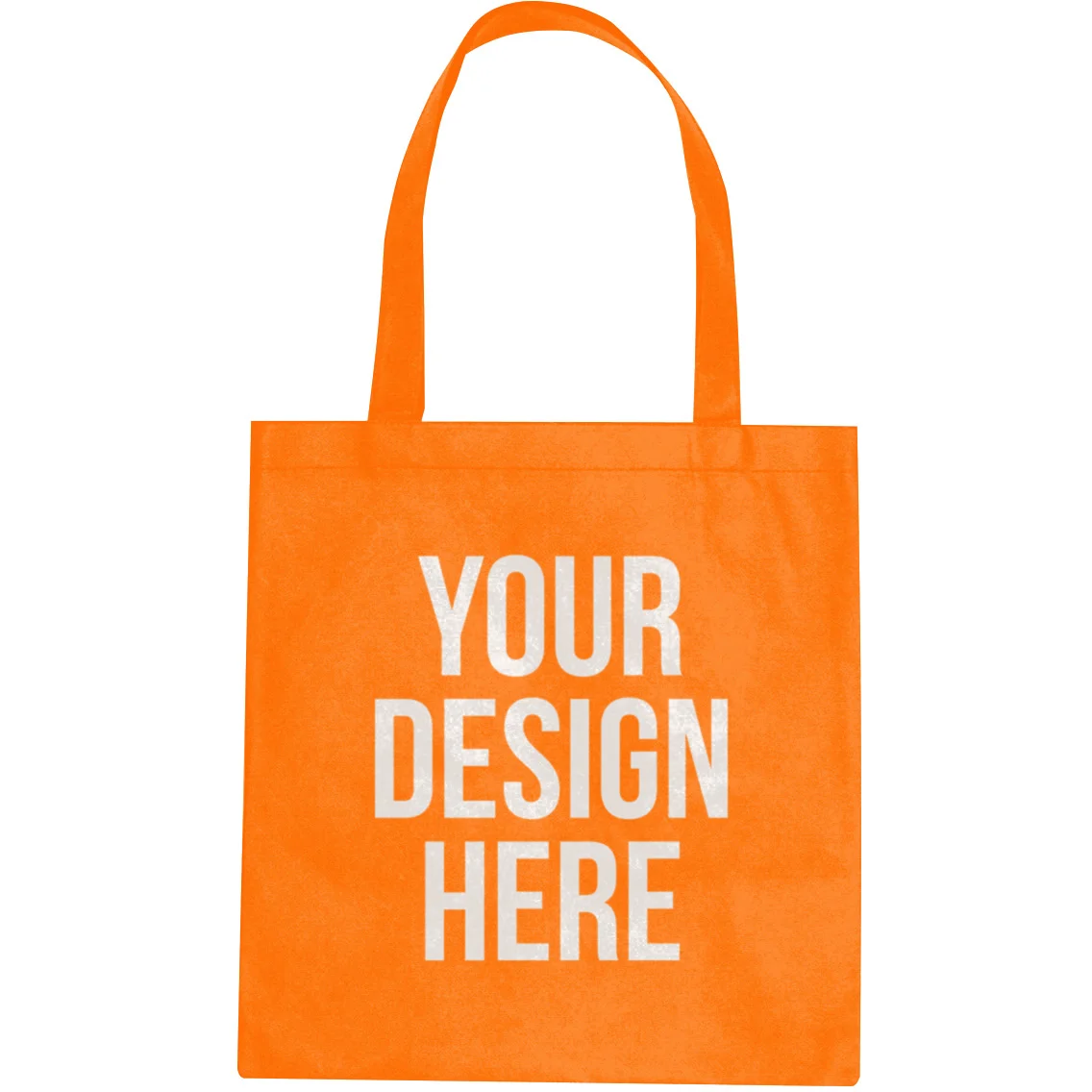
Mockups prevent costly design or production errors.
The Role of Mockups
A mockup shows how your logo, text, and graphics will appear on the bag. Some suppliers offer digital previews, while others may send physical samples for approval. This step helps verify bag quality, color accuracy, and overall branding before mass production begins.
| Type of Sample | Advantage |
|---|---|
| Digital Mockup | Quick feedback, free or low-cost |
| Physical Sample | Best for testing material, stitching |
Always approve a sample before confirming your bulk order to avoid surprises.
What is the lead time for production and delivery?
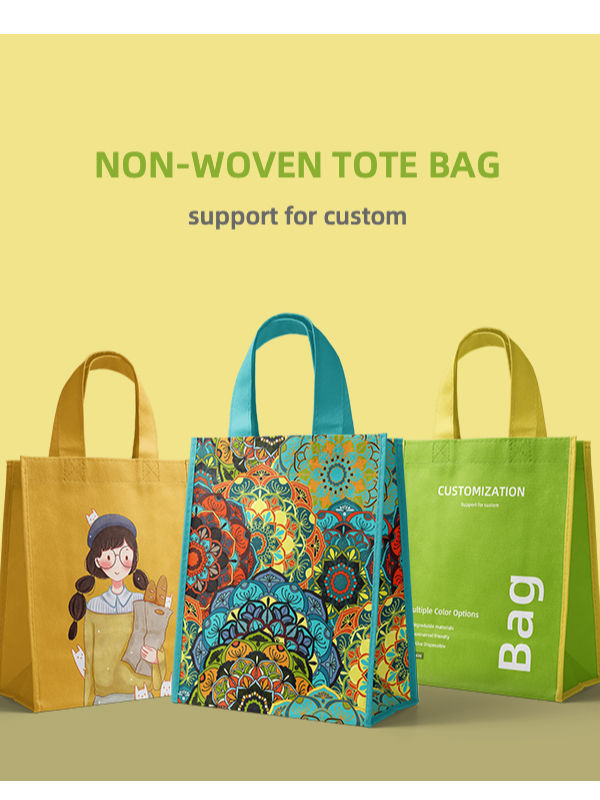
Timeline management keeps your campaigns and inventory on schedule.
Typical Timeframes
Lead time includes design approval, production, and shipping. Simple bags may be ready in 5–7 days, while complex or large-volume orders could take 20+ days. Factor in shipping time based on location and method (air, sea, express).
| Production Complexity | Estimated Lead Time |
|---|---|
| Basic bags | 5–7 business days |
| Laminated or printed | 10–20 days |
| Peak season orders | May vary significantly |
Always confirm timelines, especially for events or seasonal campaigns.
How durable are the bags?
Bag durability influences reusability, user satisfaction, and brand visibility.
Factors That Impact Durability
Ask about stitching methods, material GSM (grams per square meter), handle reinforcement, and waterproofing. High GSM means thicker and stronger material. Double-stitched seams and reinforced handles make the bags suitable for heavier items.
| Feature | Durability Indicator |
|---|---|
| GSM (Material Weight) | 80–120 GSM for standard use |
| Stitching | Single or double stitched |
| Handle Attachment | Reinforced or ultrasonic welded |
Durable bags reflect positively on your brand and are used more often by customers.
Are the bags reusable and easy to clean?
Reusable, washable bags offer lasting brand exposure and eco value.
Why This Matters
Non-woven bags should ideally be reusable and easy to wipe clean. Ask if the fabric is water-resistant or if it shrinks in the wash. Some laminated versions offer better resistance to spills and stains.
| Bag Type | Reusability | Cleanability |
|---|---|---|
| PP Non-Woven | High | Wipe-clean |
| Laminated Bag | Very High | Easy to rinse |
| Fabric Hybrid | Moderate | Hand-wash |
Reusable features support sustainability and offer better return on investment.
What are the shipping costs and options?

Shipping logistics affect your overall cost and delivery efficiency.
Key Shipping Questions
Ask about shipping methods (express, air freight, sea freight), estimated delivery times, and cost structures. Some suppliers offer FOB pricing, while others handle door-to-door delivery. If you're near the supplier, local pickup may also be an option.
| Shipping Method | Cost | Speed |
|---|---|---|
| Express (DHL, FedEx) | High | 3–7 days |
| Sea Freight | Low | 20–30 days |
| Air Freight | Moderate | 7–10 days |
Shipping strategy should align with your timeline and budget.
What file formats do you require for artwork?
Artwork quality directly impacts printing results.
Artwork Format Guidelines
Most suppliers require vector files such as AI, EPS, or PDF to ensure sharp printing. These formats allow for resizing without losing quality. Some may offer design help or convert your files for free if you only have JPG or PNG.
| Format Type | Suitability for Print |
|---|---|
| AI, EPS | Best |
| Good | |
| JPG, PNG | Not ideal (low res) |
Send the correct file format to avoid delays or poor-quality printing.
What is your return or quality guarantee policy?
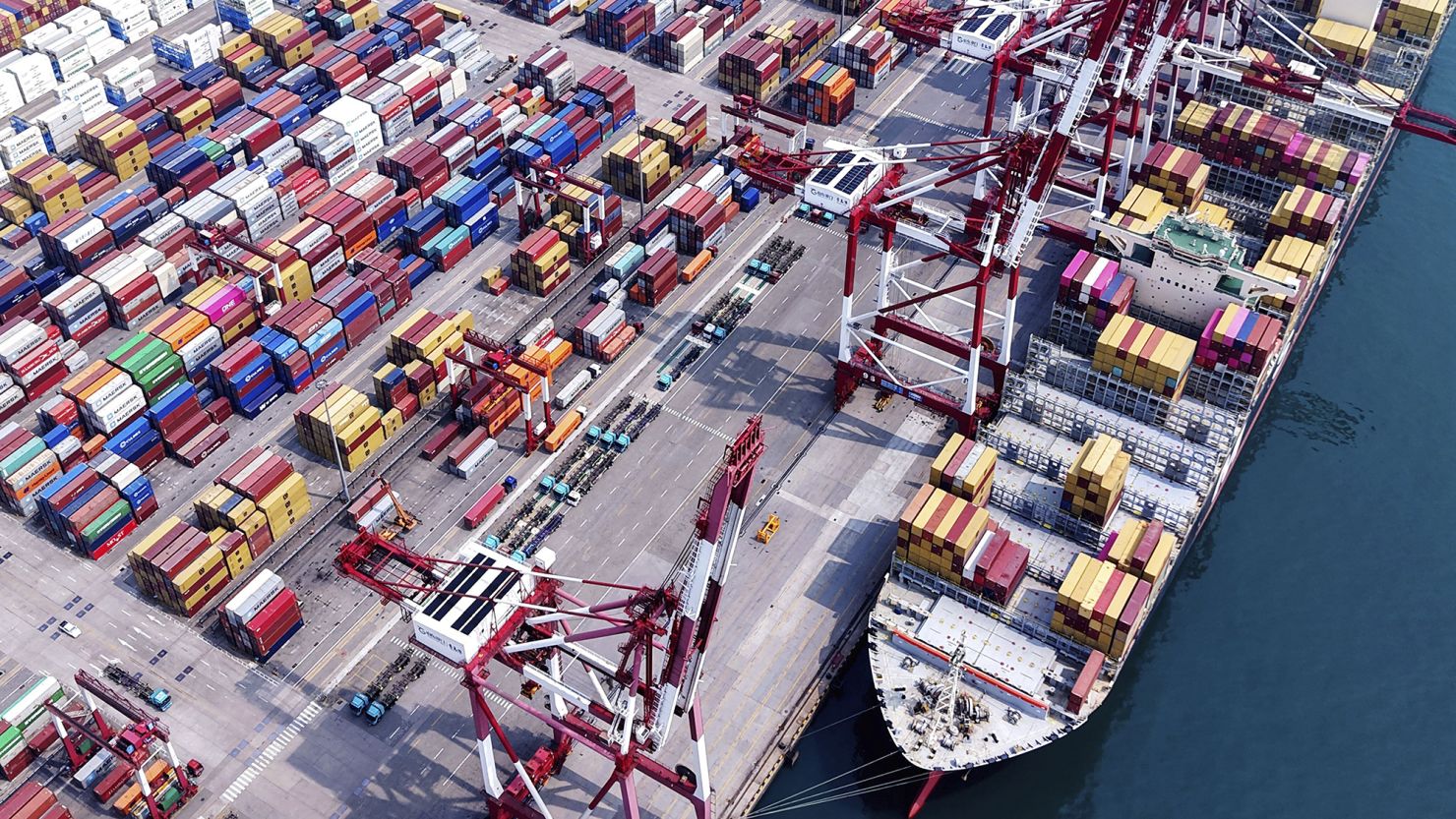
Understanding refund and warranty terms protects your order.
Coverage and Guarantees
A reputable supplier should clarify their policies for defective products, misprints, or delays. Some may offer reprints or partial refunds. Read the terms carefully and ask for guarantees in writing.
| Policy Element | What to Check |
|---|---|
| Return Timeline | Days after delivery to report |
| Defect Resolution | Refund, reprint, or credit offer |
| Quality Standards | Must match approved sample |
Clear policies give you confidence and prevent future disputes.
Conclusion
Choosing the right custom non-woven bag supplier starts with asking these 10 essential questions. They help you evaluate materials, pricing, production timelines, and quality standards. From personal experience working with international suppliers, clear communication and asking for samples have been the most important steps in ensuring smooth bulk orders.
We welcome your feedback—have you had success ordering custom bags? Share your insights in the comments!
